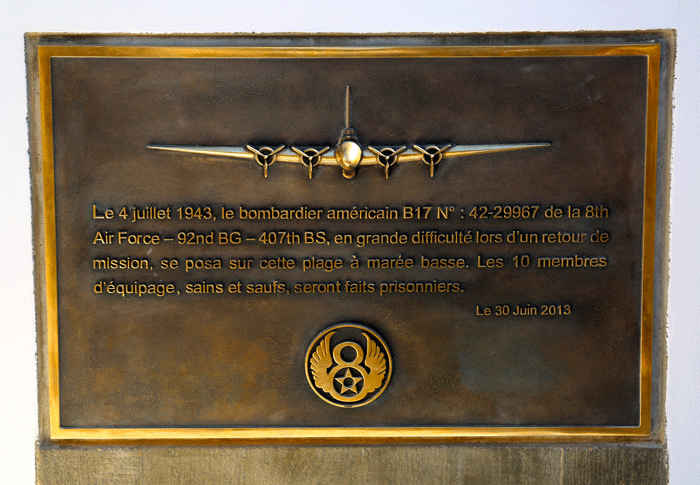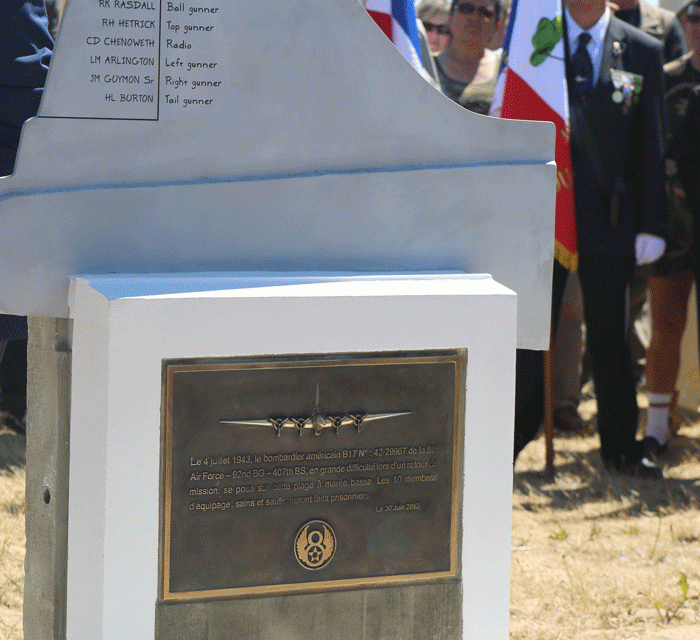07/03/2013: The Air Force announced that Luke AFB has been chosen as the location for 72 additional F-35A Lightning II aircraft, bringing the eventual total number of the fifth-generation fighters expected here to 144.
Credit: 56th Fighter Wing Public Affairs: 6/27/13
The Air Force’s initial decision to establish an F-35 pilot training center at Luke was announced in August 2012, following a three-year process that included an extensive environmental impact analysis.
“This is great news for Luke AFB and the West Valley community,” said Brig. Gen. Mike Rothstein, 56th Fighter Wing commander.
“The decision to base additional F-35 fighters here ensures the long-term viability of our mission and continues our legacy of training the world’s greatest fighter pilots.” The F-35A, manufactured by Lockheed Martin, is intended to be the Air Force’s premier strike aircraft through the first half of the 21st Century. It is a multirole fighter that is expected to eventually phase out the service’s F-16s and A-10s.
Aircraft are expected to begin arriving at Luke in spring 2014, although exact timing will depend on production schedules. Construction on base to prepare for the aircraft is currently underway, with about $10 million of $57 million in projects already completed.
The 2012 Record of Decision cited several reasons why Luke was the service’s top choice for F-35A basing, including facility and ramp capacity, range access, weather, and capacity for future growth. The base, which has been training fighter pilots for more than 70 years, also enjoys tremendous community support.
“We’re surrounded by a very supportive community that is the envy of the Air Force,” said Rusty Mitchell, director of Luke’s Community Initiatives Team, who has worked with government officials and community stakeholders on behalf of the base for more than a decade.
“We can’t thank our West Valley neighbors enough for how they’ve come together in support of our mission.” In addition to training U.S. pilots, Luke will also serve as an F-35A International Partner Training site.




